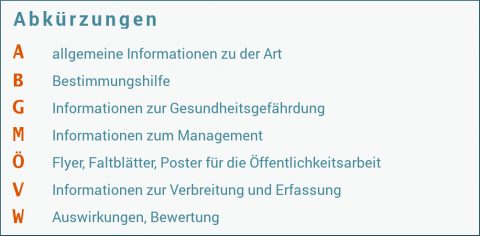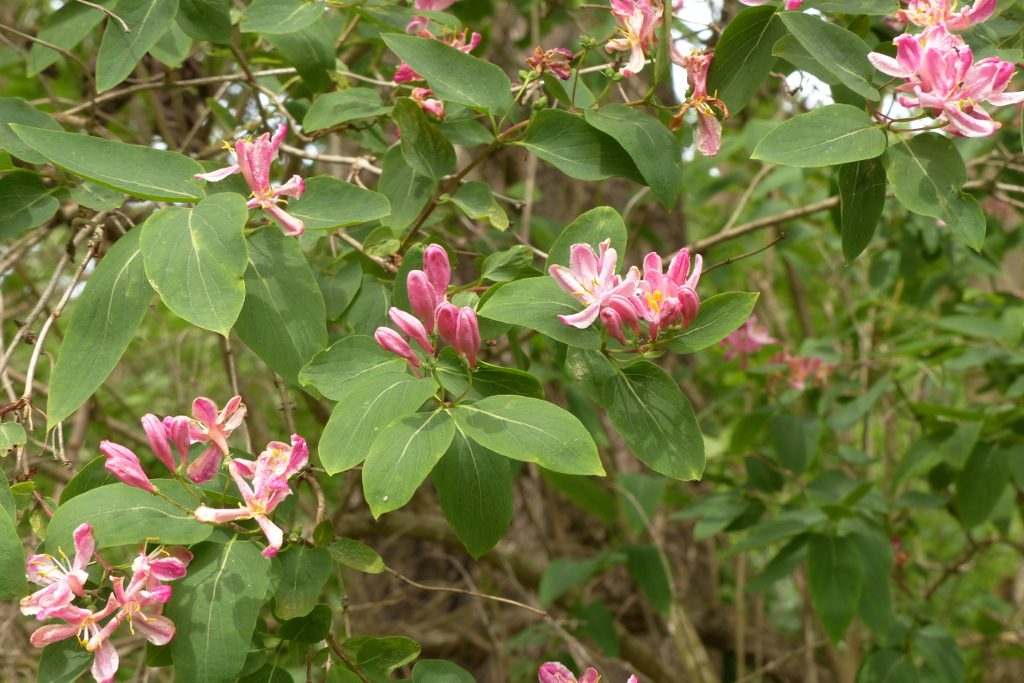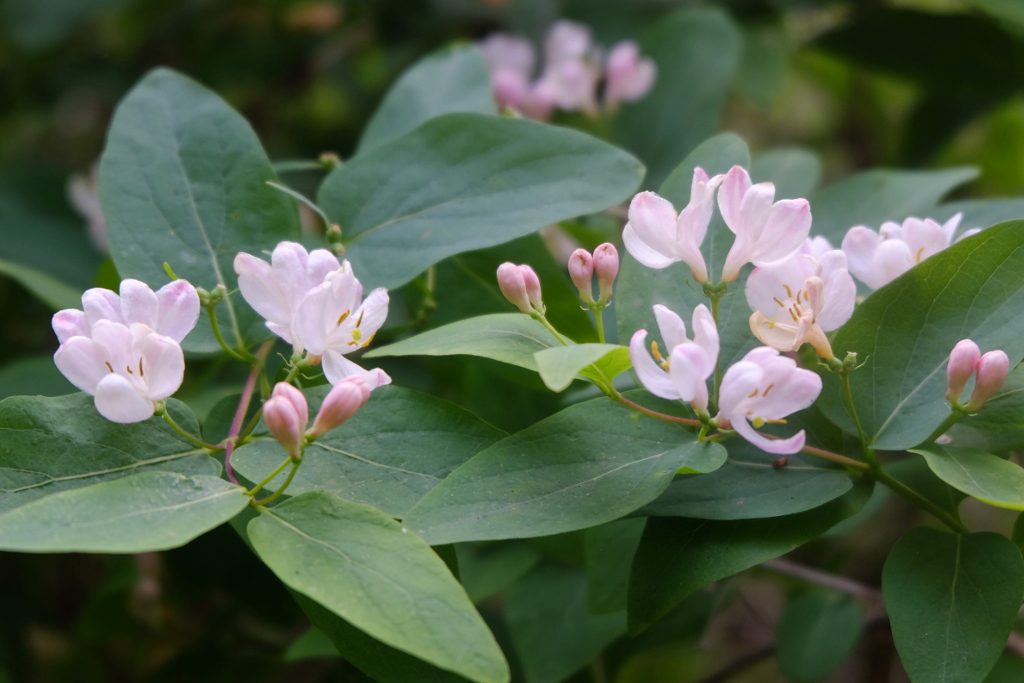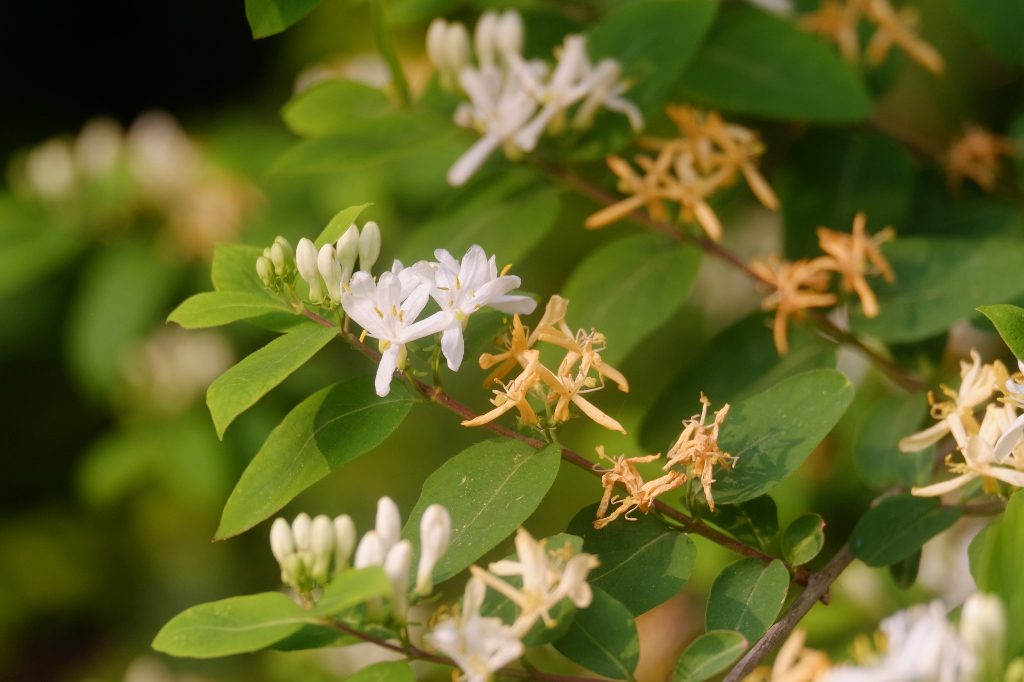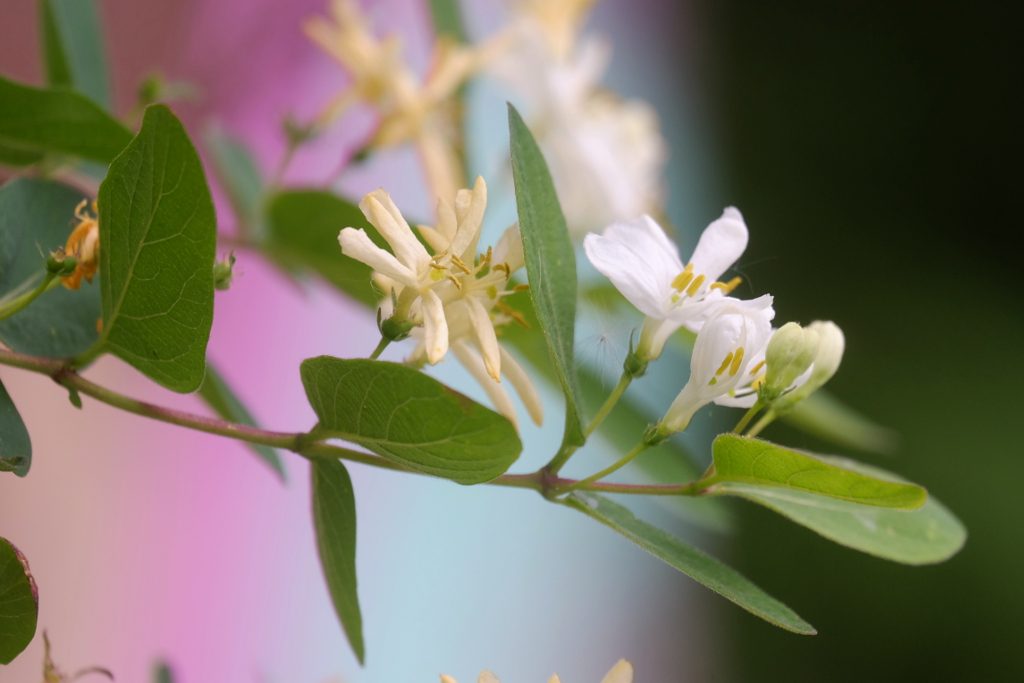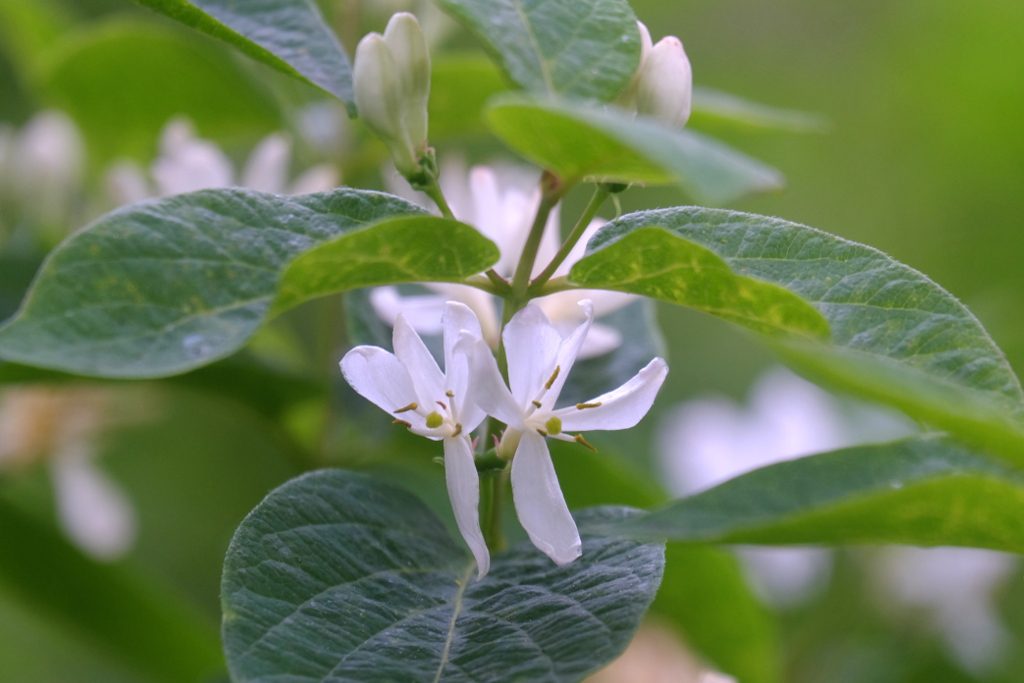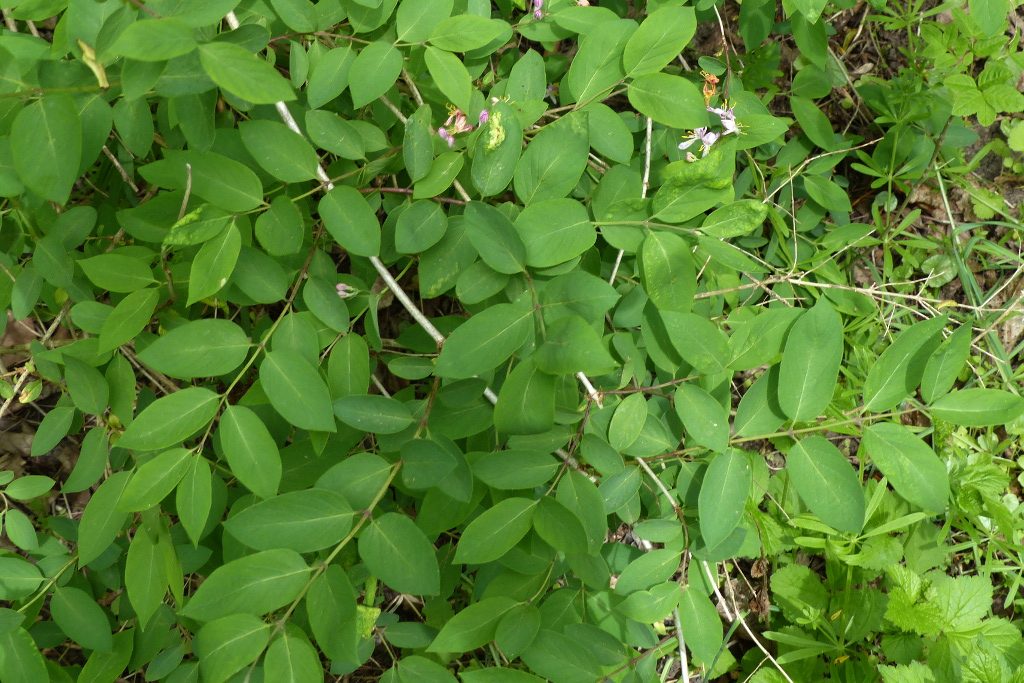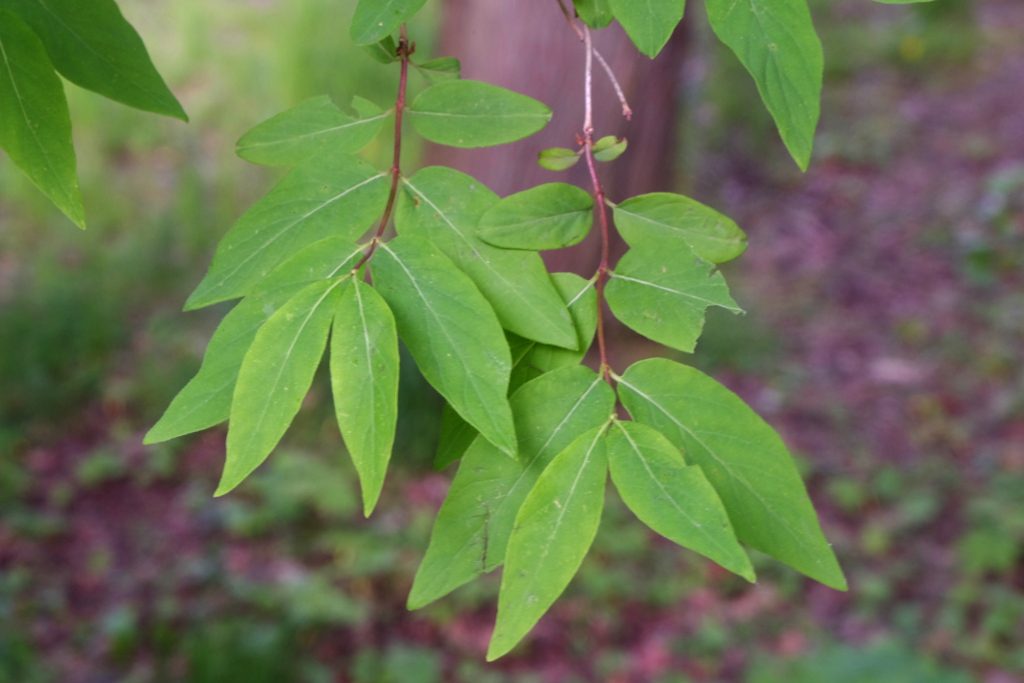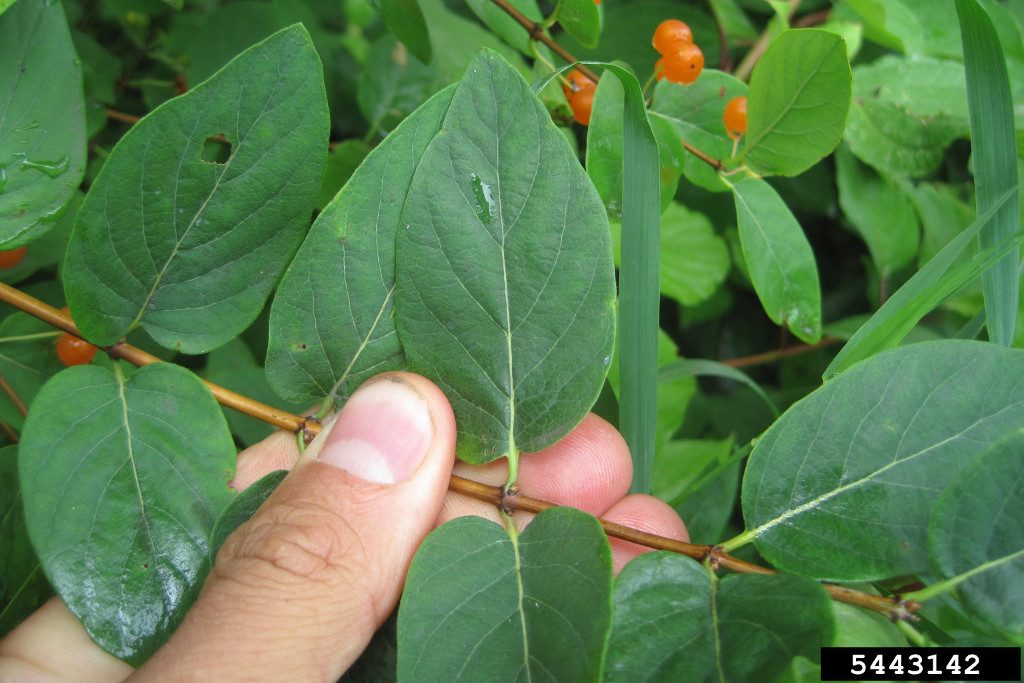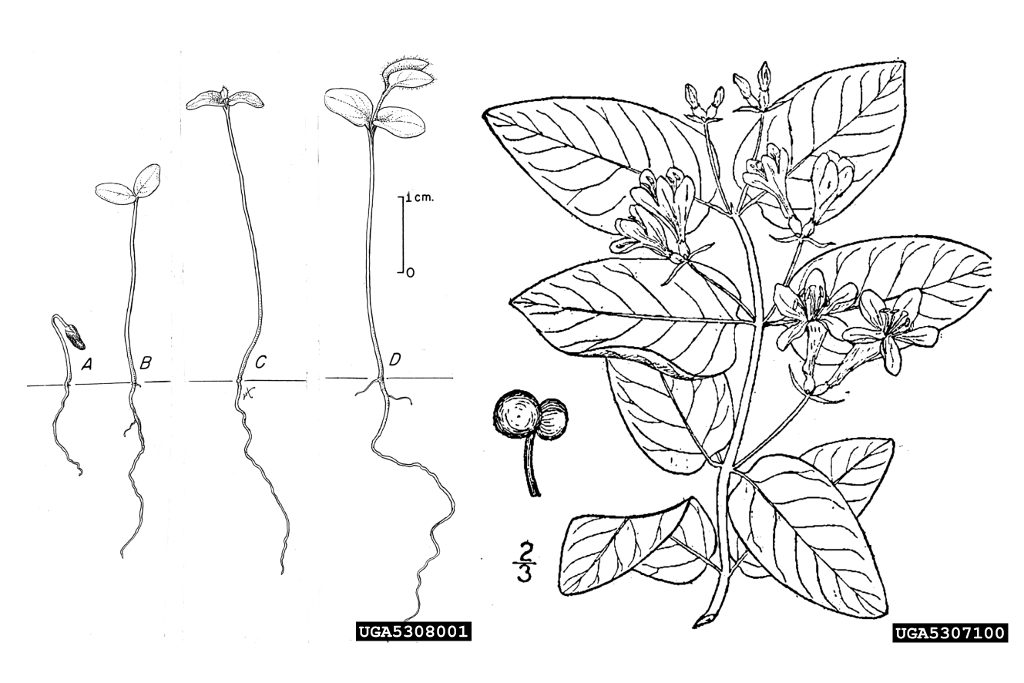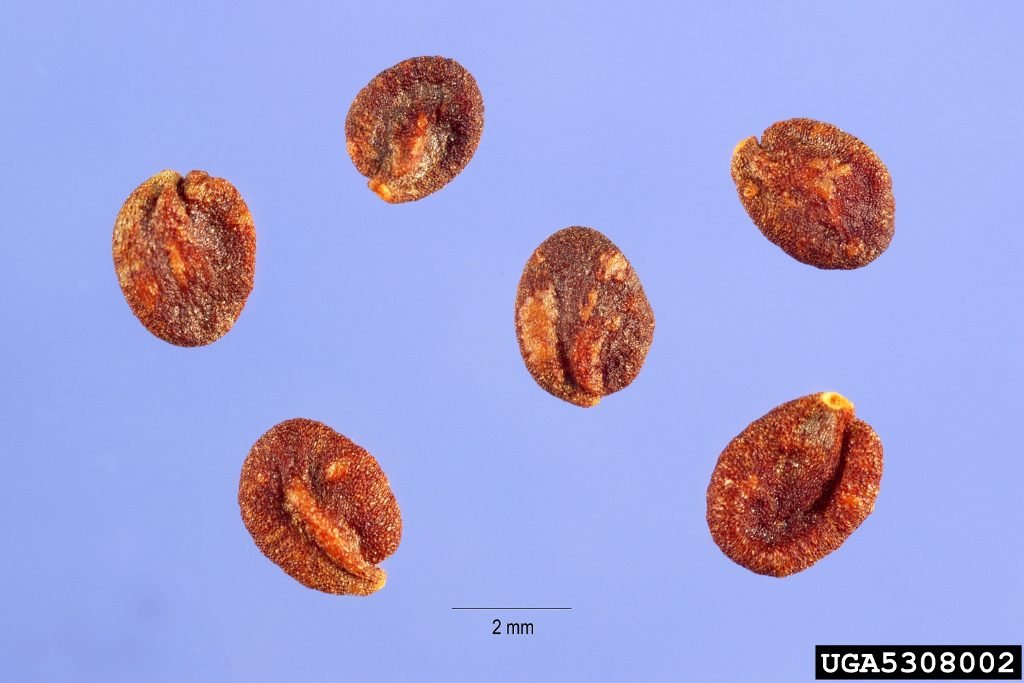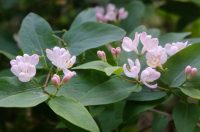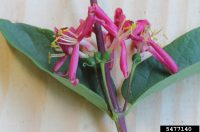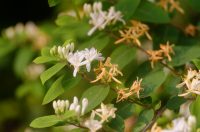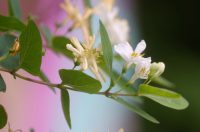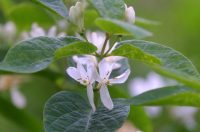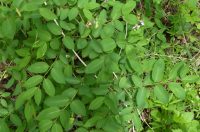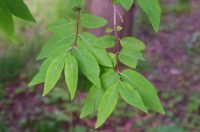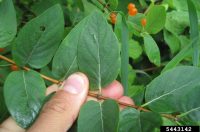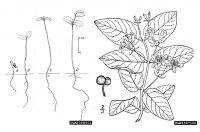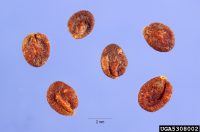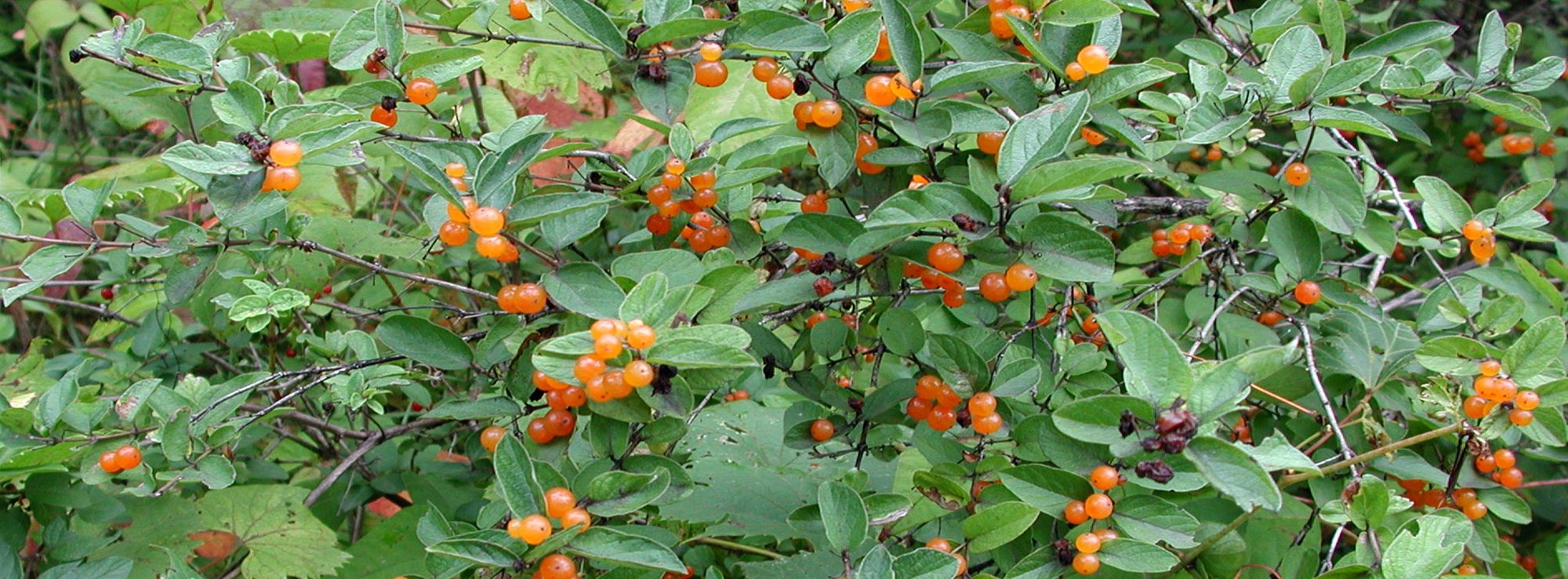
Tataren-Heckenkirsche
Synonym(e): Xylosteon cordatum, Xylosteon tataricum, Tartarian honeysuckleAllgemeine Informationen
Graue Liste Sachsen-Anhalt Steckbrief
Verbreitungskarte Atlas
Lebensräume: Siedlungs- und Ruderalflächen, Parks, Hecken, Gebüsche, Kiefernforste, Böschungen und Trockenrasen
Problematische Vorkommen: Trockenrasen, Gebüsche
Steckbriefe /Factsheets: Wikipedia
Literatur
BRUDVIG, L. A., EVANS, C. W. (2006): Competitive effects of native and exotic shrubs on Quercus alba seedlings. Notheastern Naturalist 13 (2). S. 259-268 W >> NEHRING, S., I. KOWARIK, W. RABITSCH & F. ESSL (2013): Naturschutzfachliche Invasivitätsbewertungen für in Deutschland wild lebende gebietsfremde Gefäßpflanzen. BfN Skripten 352. Bundesamt für Naturschutz. 204 S. W >> PAULONE, P. M. et al. (2011): Official asian bush honeysuckle (Lonicera maackii, morrowii, tatarica and x bella) assessment. Assessment of Invasive Species in Indiana’s Natural Areas. 11 S. W pdf WOODS, K. D. (1993): Effects of invasion by Lonicera tatarica L. on herbs and tree seedlings in four New England forests. American Midland Naturalist, Vol. 130, No. 1. S. 62-74 W >>
